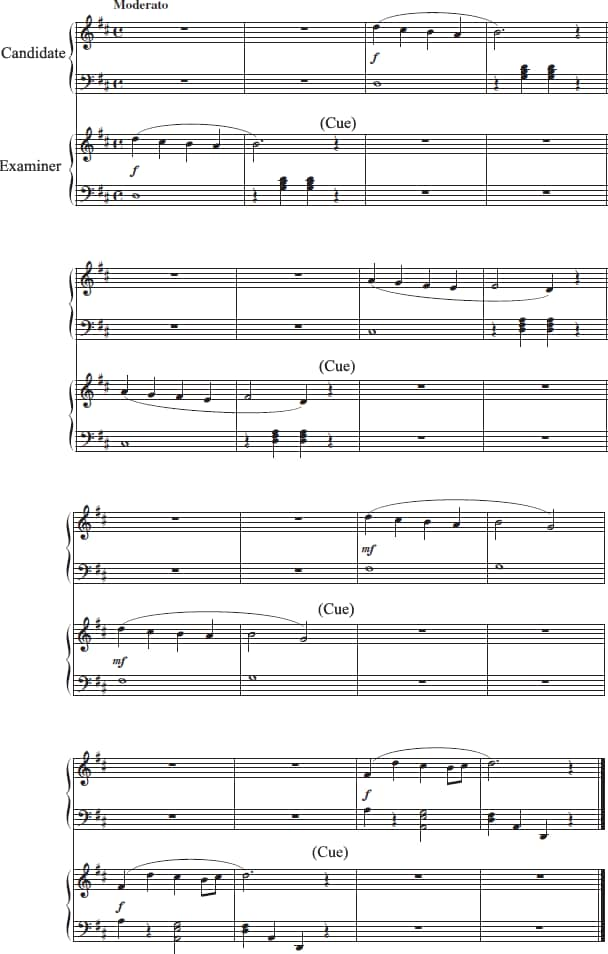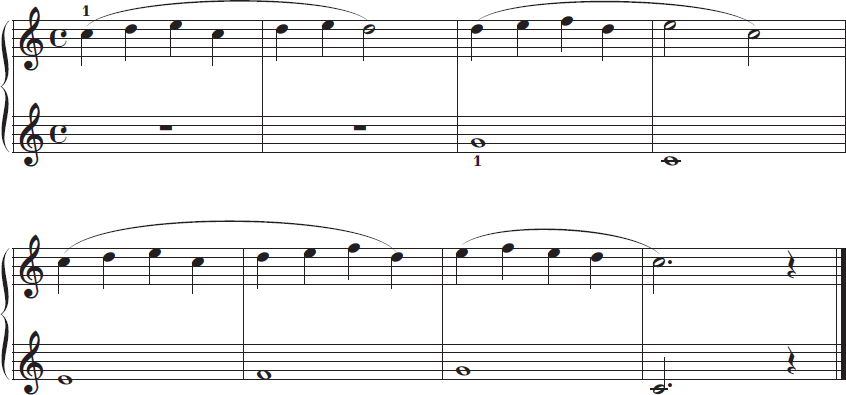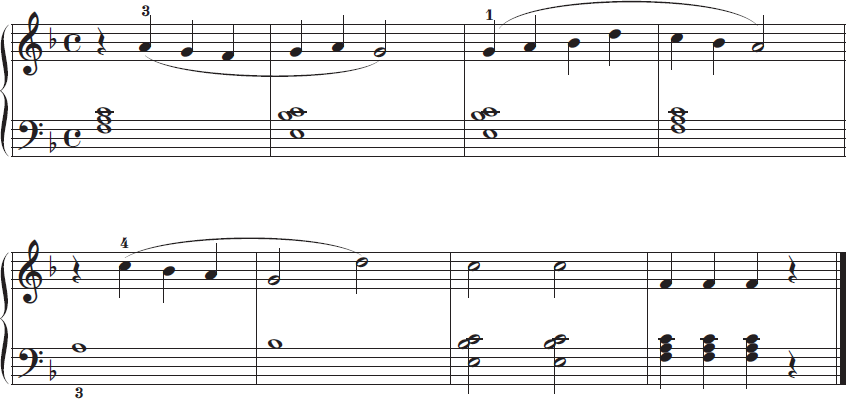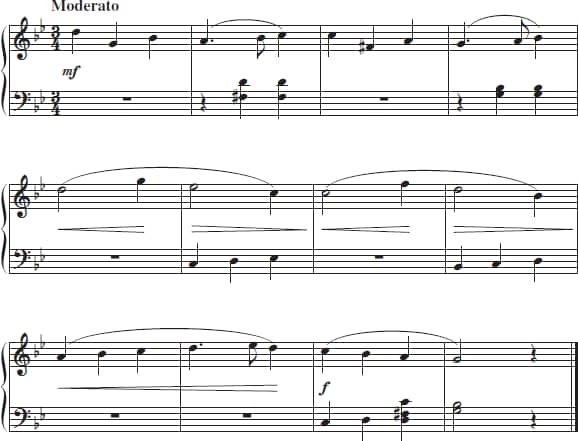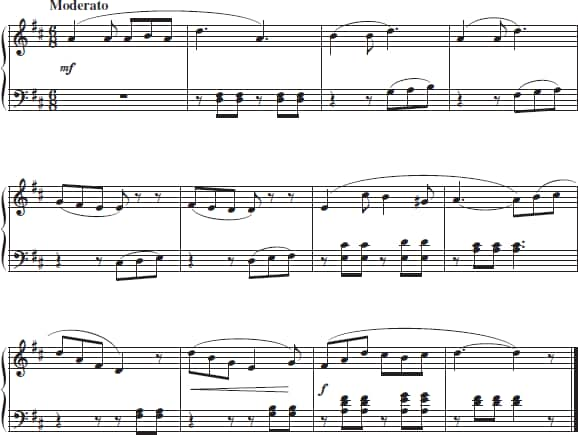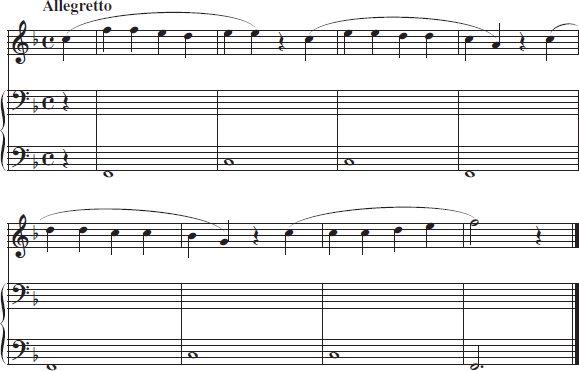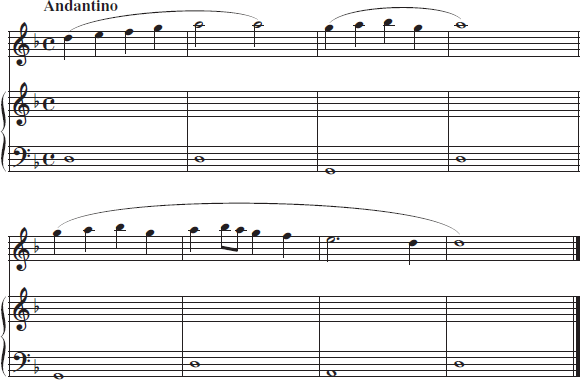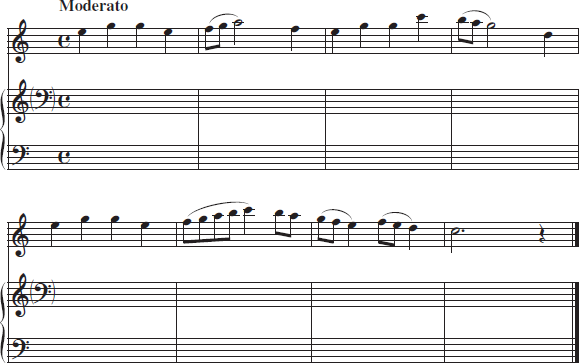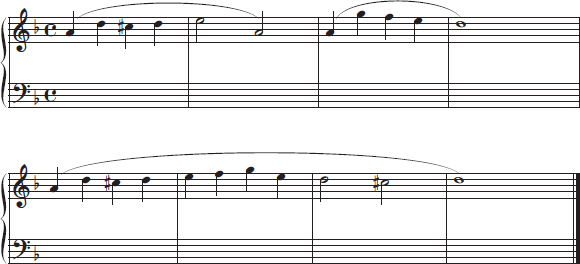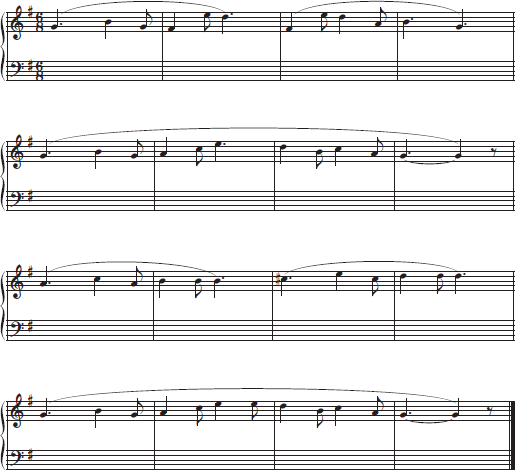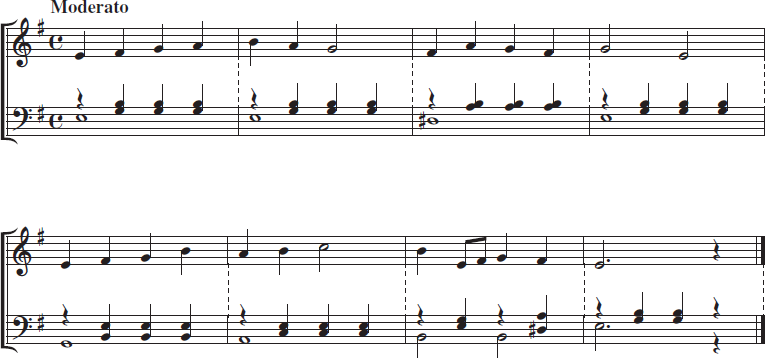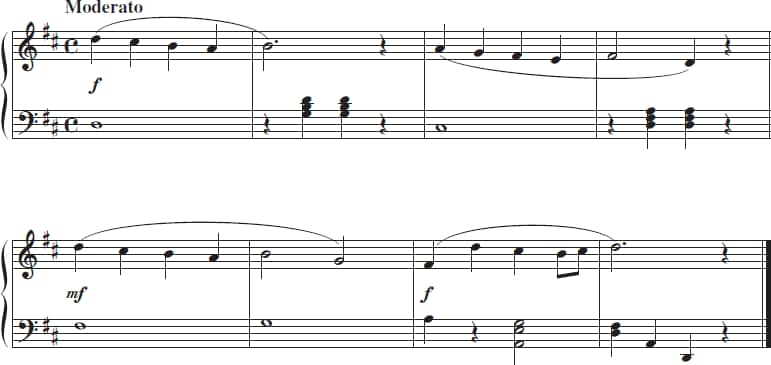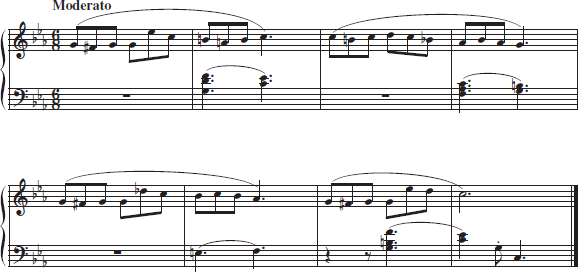Piano Grade 10-6
Examination Procedure
Grades 10-8
Grades 7-6
Duration
Grades 10-8: 15 minutes, Grades 7-6: 20 minutes
Scope
Length and Style

Keys and Chords for Sight Playing, Accompaniment(Grades 10-8), Improvisation (Grades 7,6) and Hearing
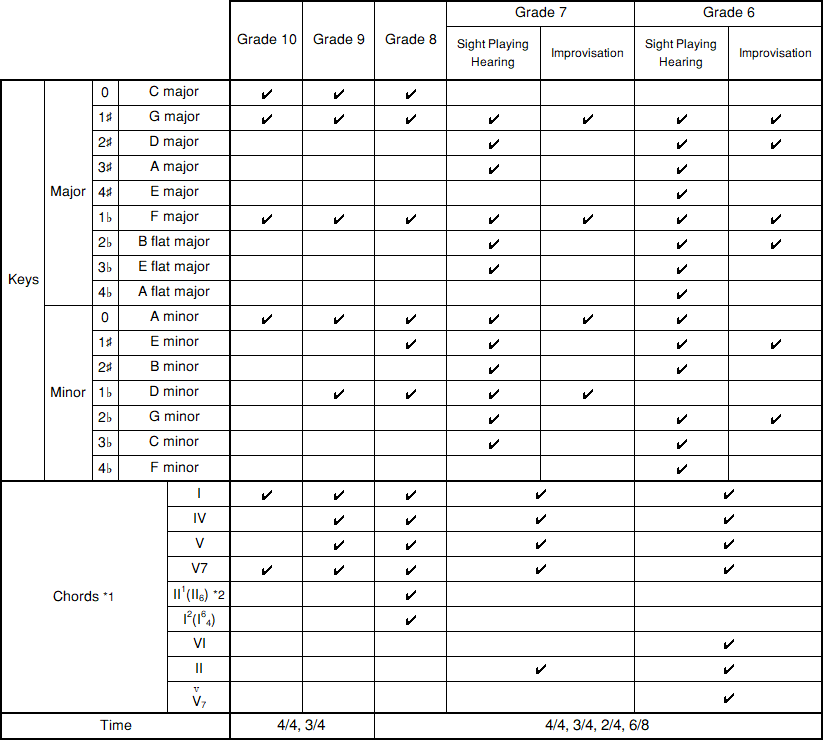
*1. Chord inversions are included for Grade 7 and 6
*2. Does not include II1(II6) for Harmony Hearing.
Subject Details
I. Free Selection
Candidates prepare two pieces from Yamaha Music Education System’s textbooks or any pieces that are the same level of difficulty.
One of the pieces may be the candidates own original composition or arrangement.
Candidates will be asked to play both of two pieces.
- Note:
- Pieces should be chosen carefully from a variety of composers, eras, countries, styles, forms etc. to present a balanced program.
- Etudes and exercise pieces are basically not suitable for Free Selection. However, etudes that have high musical value may be chosen. Candidates and teachers should use discretion when making their choices.
- A suite, sonatina etc. will be counted as one piece even if the candidate plays one or all of the pieces (movements).
- With regard to repeats, follow the guidelines as below;
- a) Sonata, Sonatina etc. --- without repeat
- b) Pieces in which the musical meaning can be expressed without repeat --- without repeat
- c) Pieces in which the repeat is needed to be musical --- with repeat
- Follow the examiner’s instruction if you are not sure whether you should omit a repeat.
- Candidates are recommended to bring scores of the pieces prepared. Examiners may use the scores when giving comments.
- Performing from memory is optional but advisable.
- Performances may be cut due to time constraints. This will not affect the evaluation.
II. Sight Playing
Candidates play a piano piece at sight.
Procedure
1. Candidates look through the score for approximately 30 seconds.
2. Candidates play the piece at sight after the examiner’s cue. (Example: "Go ahead" or "You can start now.”)
- Note:
- Be sure to check the key and the time signature before playing.
Range of keys and time: refer to the chart.
Examples
III. Accompaniment Grades 10-8
The objective of this subject is to evaluate abilities to (1) recognize the key and provide chords to a given melody and (2) play an appropriate accompaniment that suits the melody.
- Note:
- Practice adding chords to simple melodies and then playing an accompaniment. It is good to practice such exercises repeatedly.
Range of keys, time and chords: refer to the chart.
Procedure
1. As the examiner plays the melody, candidates listen while looking at the score. The bass notes are given.
2. As the examiner plays the melody a second time, candidates play the most suitable chords with both hands based on the given bass notes.
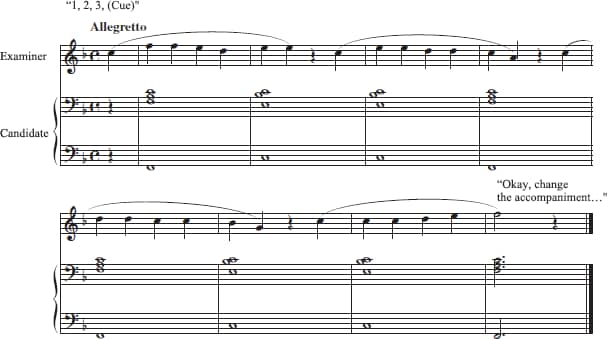
3. Then, candidates play the chords again in an appropriate accompaniment style.
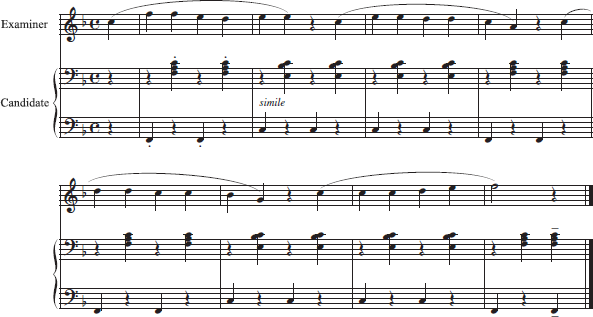
- Note:
- The accompaniment style presented here is just one example.
- It is recommended that candidates practice playing various accompaniment patterns that fit the mood, tempo, etc. of melodies in different music styles.
Examples
IV. Improvisation for Grades 7, 6
The objective of this subject is to evaluate the candidate’s abilities to (1) provide an accompaniment that suits the melody and (2) make variations as an entire piece.
- Note:
- Try arranging simple melodies as practice.
Range of keys, time and chords: refer to the chart.
Procedure
1. Candidates look through the examination piece.
2. Candidates play the given melody. The examiners may offer support or give advice to the candidate if they didn’t play it correctly.
*Examples of support from examiners:
(a)The examiner reads the melody together with the candidate; (b) the examiner sings the melody; (c) the examiner plays the melody in phrases and the candidate imitates.
*Playing the melody is not an evaluation point in this subject.
3. Examiner asks the candidate, "Would you like to practice for 20 seconds, or would you like to proceed with the evaluation?” If the candidate requests to practice, allow the candidate to practice.
*This 20-second practice is not to be evaluated.
4. Candidates play the melody together with an appropriate accompaniment.
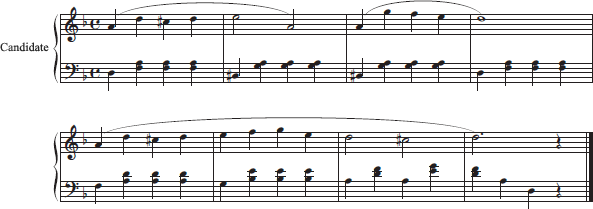
5. Then candidates play a variation.
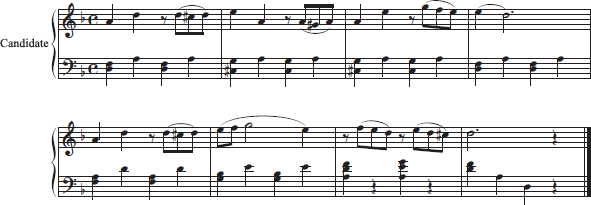
- Note:
- Candidate should choose a bass line and accompaniment that is suitable for the mood and tempo of the piece
Examples
V. Hearing
The objective of this subject is to evaluate the candidate's ability to play melodies and harmonies by-ear.
For Grades 10-8, candidates are required to listen to melodies and harmonies separately.
For Grades 7-6, candidates are required to listen to music with melodies and harmonies played simultaneously.
- Note:
- While it is important to practice hearing exercises, candidates should also practice listening carefully to the melody and harmony when performing any repertoire.
Range of keys, time and chords: refer to the chart.
Melody Hearing for Grades 10-8
Procedure
1. The examiner tells candidates the key, and plays the whole melody with the accompaniment.

2. The examiner plays the first half, and after the examiner’s cue, candidates play the melody by ear, while the examiner plays the accompaniment.

3. Then, the second half is played in the same manner.

Examples
Harmony Hearing for Grades 10-8
Procedure
1. The examiner tells candidates the key, and then plays all chords.
2. Then candidates play the chords by ear after the examiner’s cue.

If candidate is unable to respond to the whole progression, examiner may present the progression separately
Examples
Hearing for Grades 7, 6
Procedure
1. The examiner tells candidates the key, and then plays the whole piece.
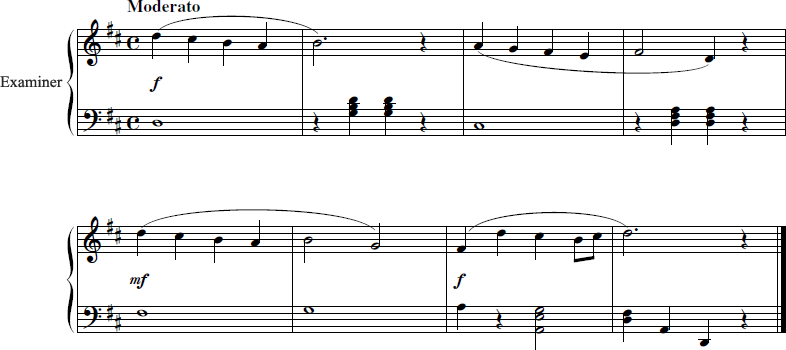
2. Then the examiner plays in phrases of 2 or 4 bars. After the examiner’s cue, candidates play back the same phrases by ear.
